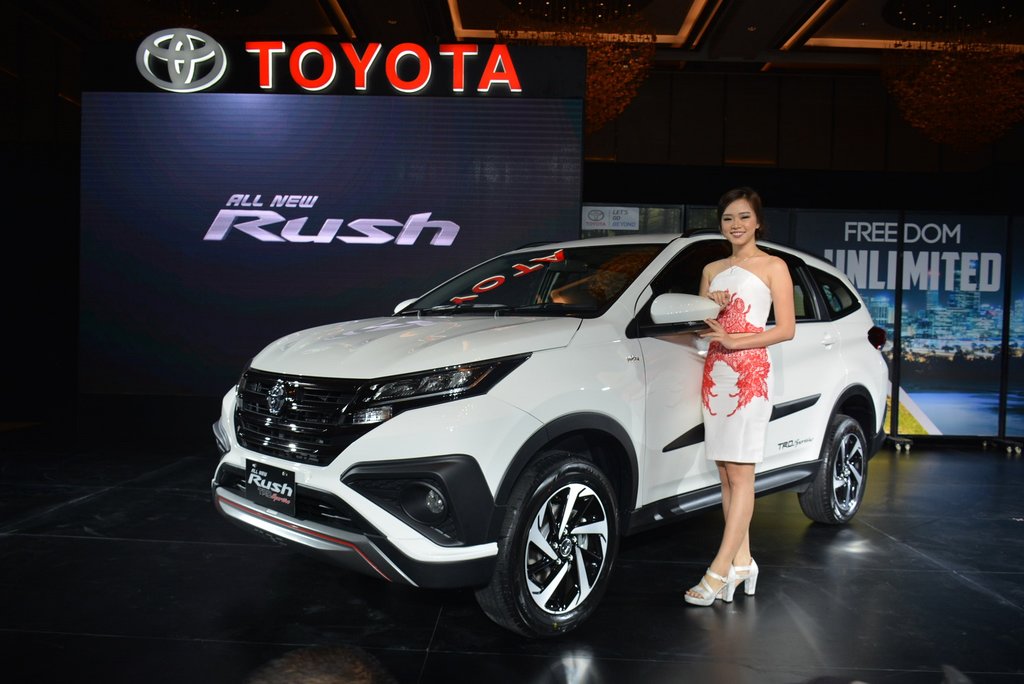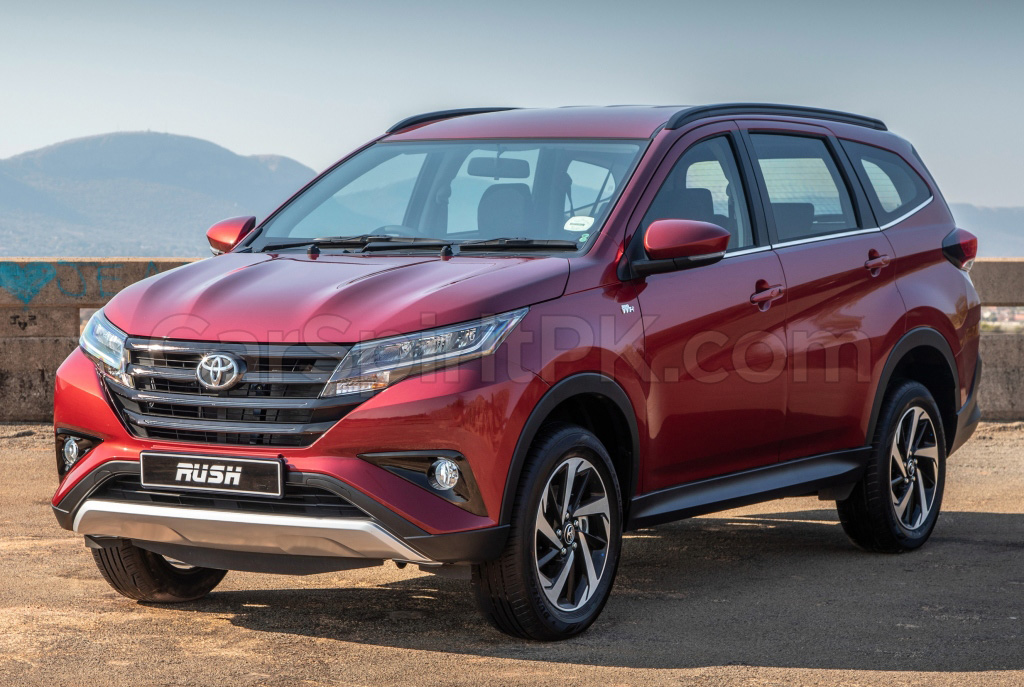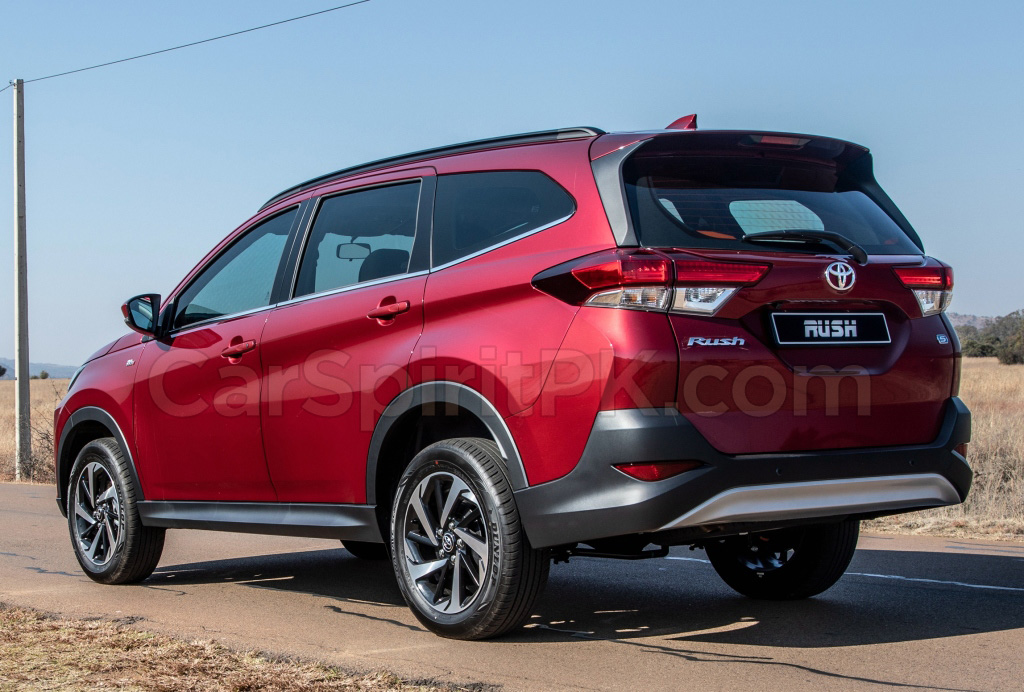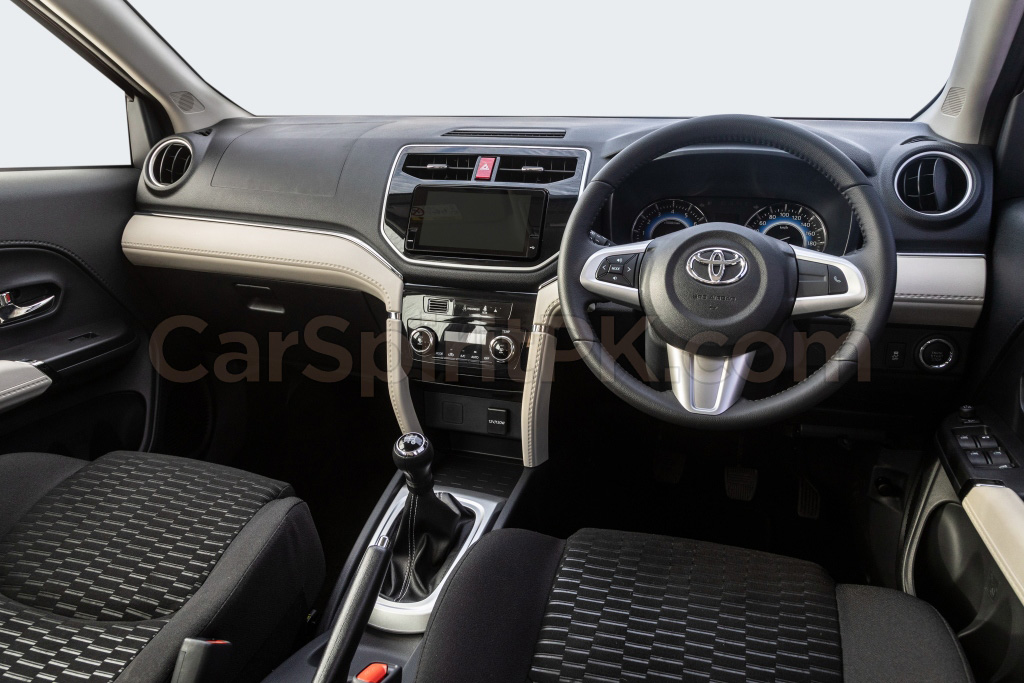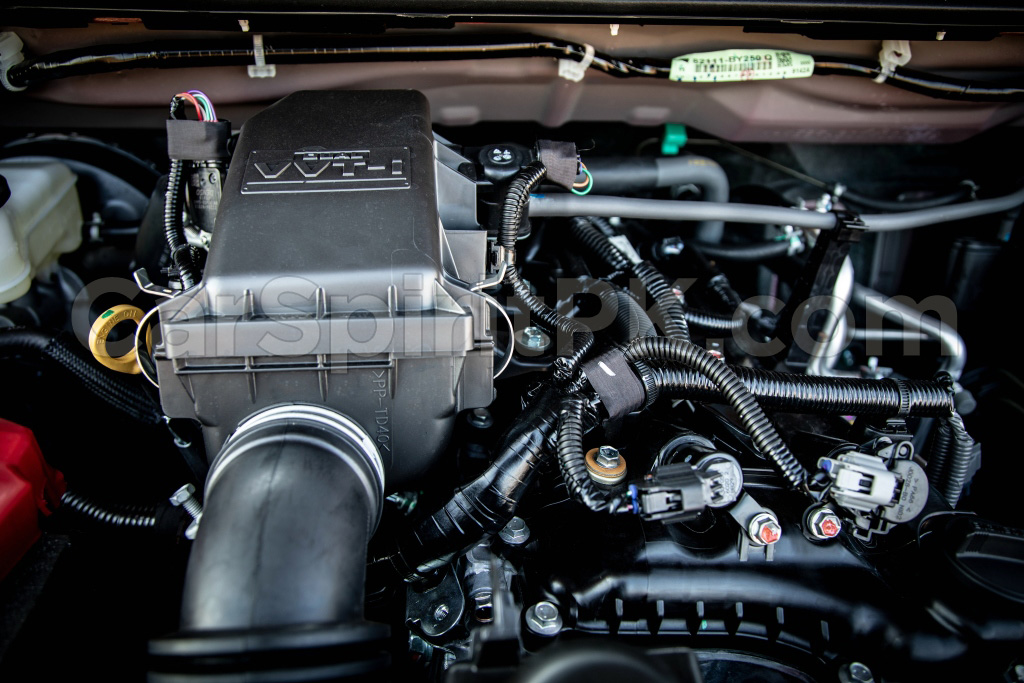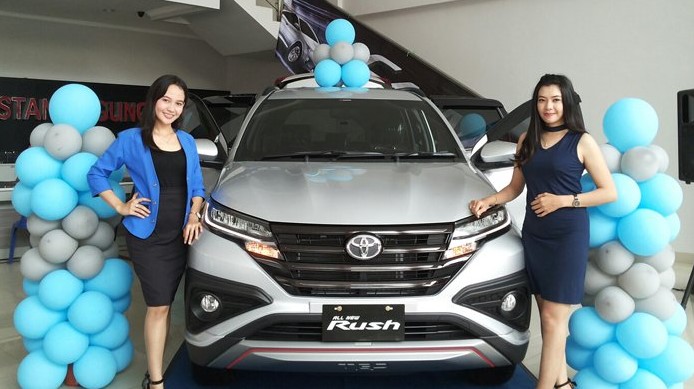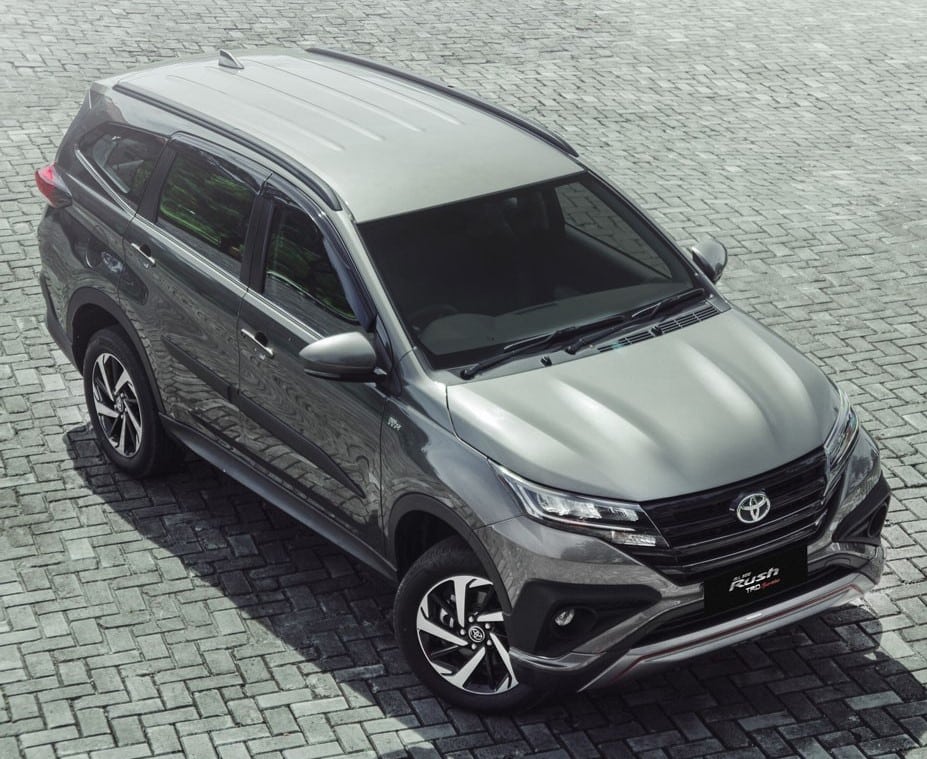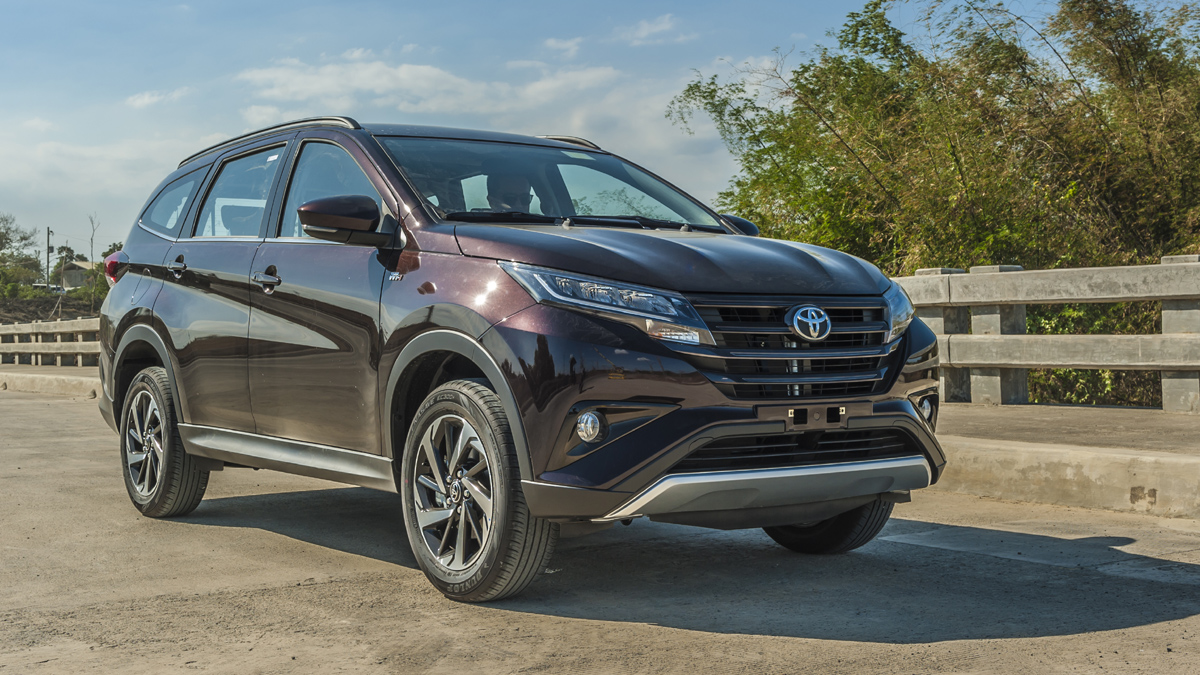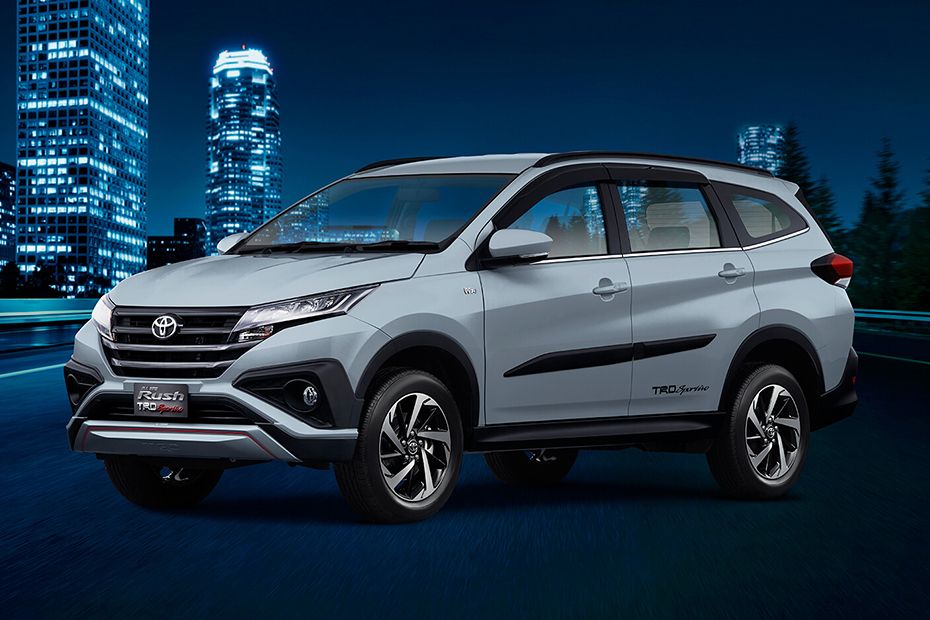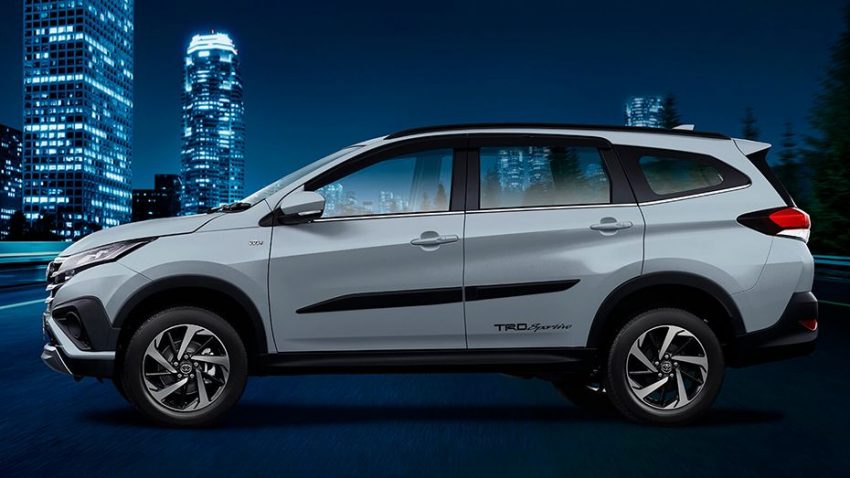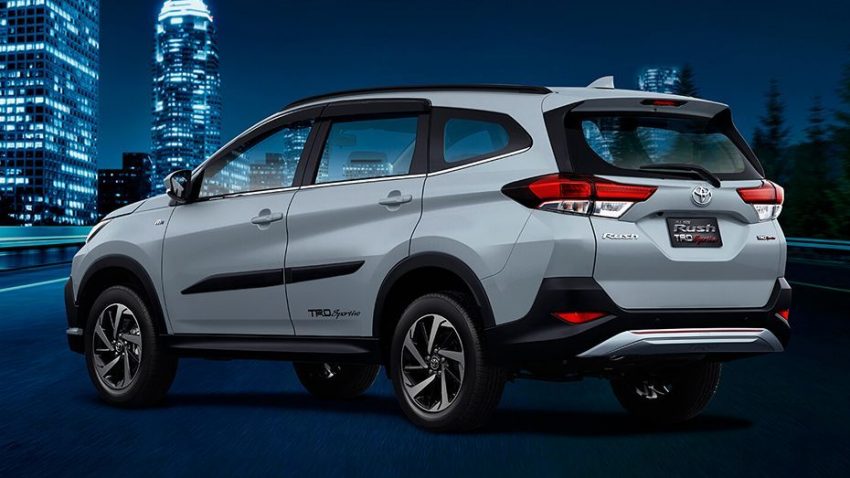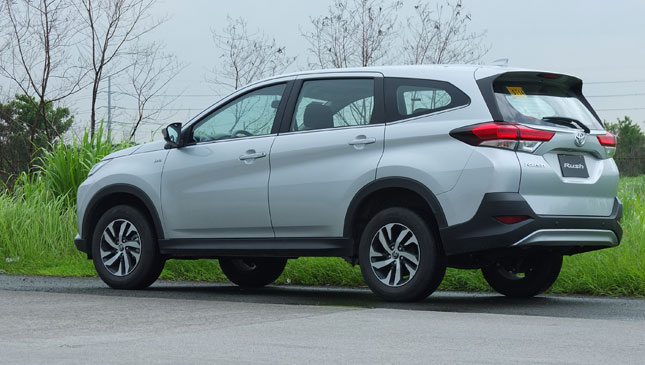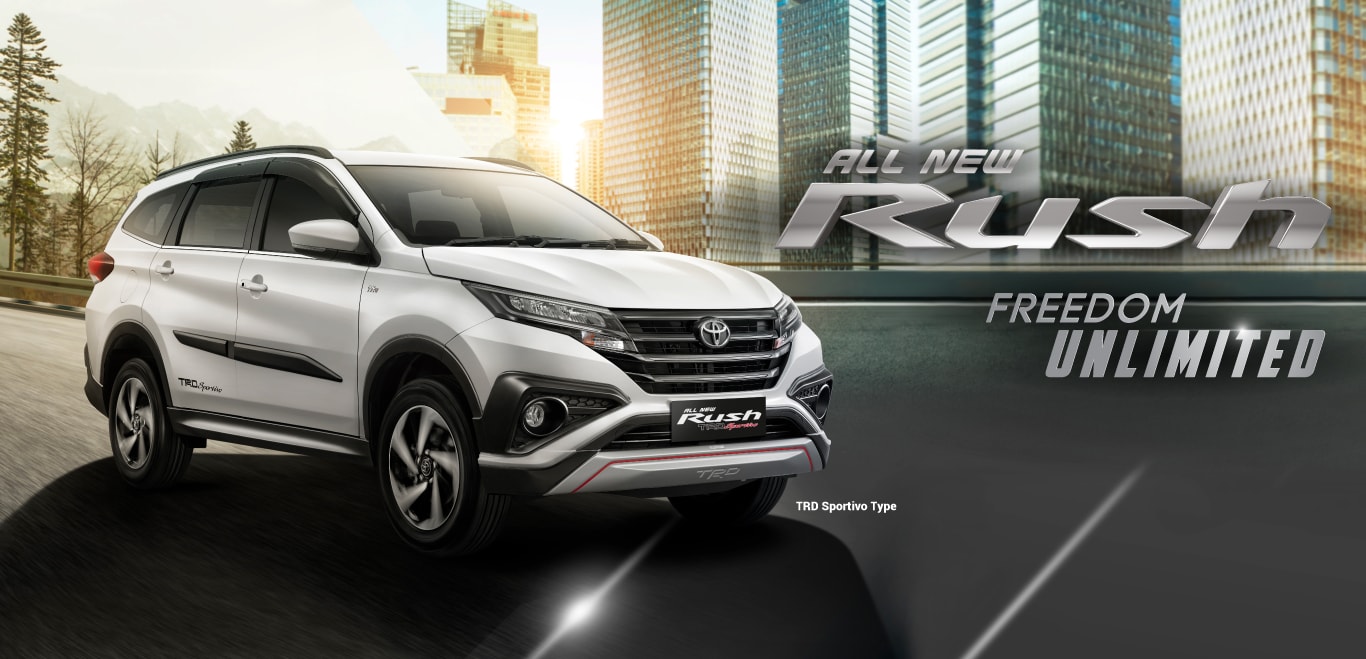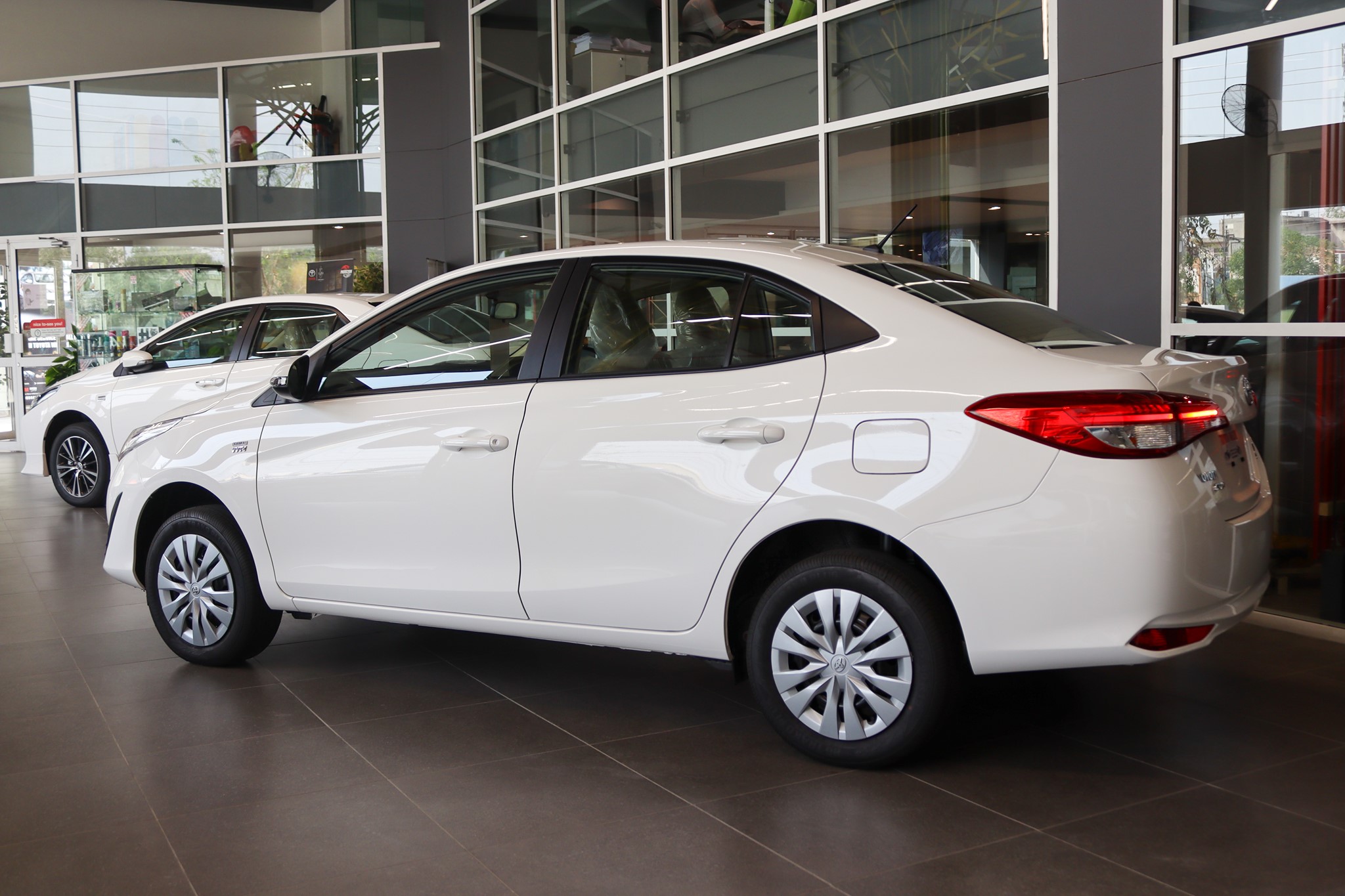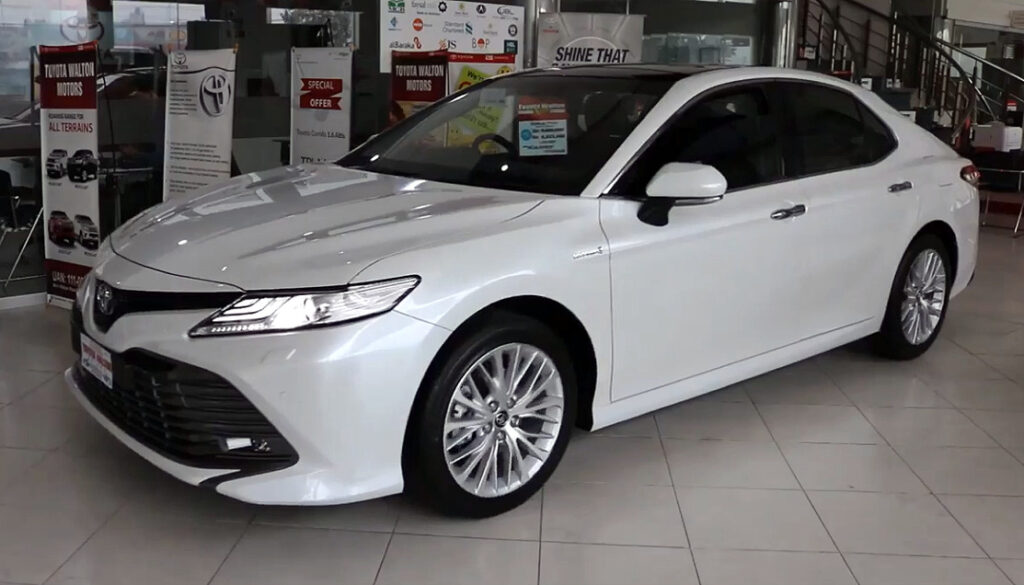Indus Motor Company (IMC) is working on to launch the Toyota Rush 7-seater in Pakistan in coming months. Here is what you need to know about the latest offering by IMC.
Toyota Rush is a sibling of Daihatsu Terios. The current generation of these vehicles were first launched in Indonesia in November 2017, and later went on to reach other markets. The development of this generation of Rush/ Terios was led by Daihatsu rather than Toyota itself. Underpinned by an overhauled platform, Daihatsu claims that the handling, stability and ride comfort, NVH levels and fuel efficiency have all been improved in this generation. The Rush/ Terios twins takes on the SUV-flavored MPVs such as the Honda BR-V and Mitsubishi Xpander in ASEAN & other emerging markets across the globe.
Related: The All New 2018 Daihatsu Terios
Toyota’s plan to launch the Rush in Pakistan is part of its global move. The Rush has been recently launched in Kenya & South Africa where it has been marketed as a low-cost people mover and is the cheapest vehicle available in its segment. In Pakistan however, we cannot expect the Rush to be the cheapest vehicle in its class since prices of cars in Pakistan are already higher compared to other markets, thanks to the added taxes and furthermore manufacturers have the liberty to slap any price tag on anything in the absence of a price control mechanism.
Design
The new 2018 Toyota Rush ditches the boxy 4×4 look of the old model with a more streamlined design. It now features a rear liftgate rather than a side-opening rear door, with no more spare wheel on the tailgate too. The new Rush has an SUV inspired styling with hints of Toyota Fortuner in design. The vehicle comes with black horizontal slatted grille, matched with blacked-out fog lamp housings. The headlamps and tail lamps are LED units.
At the back the Rush features a dual tone black/silver bumper with embedded fog lamps, and a hidden tail pipe. There is a rear spoiler, rear windshield wiper, shark fin antenna, roof rails and 17″ alloy wheels to complement its looks. There are black claddings around the wheel arches and side skirts to give it a more rugged and SUV inspired look.
Related: 5 Key Features of the New 2018 Toyota Fortuner
The Rush is bigger than before, and only slightly smaller than the Fortuner in dimensions. While it tries to imitate its bigger brother (Fortuner) in terms of appearance, it can never be compared with it since having a smaller engine and being an altogether different vehicle (no 4×4) etc.
Nevertheless the Toyota Rush has an impressive look and a commanding road presence and visually can be compared with any bigger SUV.
Dimensions & Space
The 2018 Toyota Rush measures 4,435 mm in length, 1,695 mm in width and 1,705 mm in height. It has a 2,685 mm wheelbase and a 220 mm ground clearance. The Rush is 18 mm shorter and 40 mm narrower than its arch rival Honda BR-V, although its 2,685 mm wheelbase is 23 mm longer. Ground clearance is a high 220 mm, which is important (BR-V 201 mm). Cabin length is up by 170 mm, which increases tandem distance by 45 mm (distance between first and second rows) and cargo area length by 150 mm.
Interior
Off course we haven’t yet seen the vehicle in person, however as per the reviews available from the markets where the Rush is already available, the steering wheel isn’t made from premium materials, but the built-in audio controls are easy to use.
The seats are foamy and comfortable and the added support on the sides is good too. As mentioned earlier, the headroom and legroom up front and in the middle row is more than adequate. The same cannot be said about the third row, but that’s expected. Overall the interior is much better than that you seen in the Avanza or perhaps any other similar vehicle.
Engine & Transmission
The new Toyota Rush is powered by the 2NR-VE 1.5-litre Dual-VVT-i petrol engine that produces 104 PS at 6,000 rpm and 136 Nm of torque at 4,200 rpm. The engine is paired to a 5-speed manual or a 4-speed automatic transmission.
The Rush has a front-engine, rear-wheel drive layout. Unlike rival Honda BR-V, the Toyota Rush uses a ladder-frame chassis for higher robustness which is particularly done to tackle the rustic roads in targeted markets.
Fuel Economy
Toyota claims fuel economy figures of 15.1 km per liter for the manual, and 14.9 km per liter for the automatic variant. However neutral reviews based on real world driving reveals an average 12.5 km per liter fuel economy figure.
Performance
The Rush isn’t fast, and here’s why: It uses the same 1.5-liter DOHC Dual VVT-i gasoline engine as the smaller Avanza. The Avanza itself isn’t too quick to begin with, and if you put its engine in the Rush, which is approximately 500kg heavier, you can expect the power-to-weight ratio to suffer.
According to reviews, the Rush’s 4-speed automatic gearbox is a bit sluggish, too. It doesn’t engage upon immediate input from the throttle, and doesn’t have the kind of acceleration that’s needed in quick overtake situations. Getting up to speed takes a while, and this is achieved only by mashing the gas pedal just to get the revs up.
Related: Mitsubishi Xpander named Indonesia’s Car of the Year 2018
As far as the manual transmission is concerned, it isn’t that sluggish due to shorter gear ratios. There is plenty of go in the first three gears, however things go awry when you’re on the highway. The final gear ratio is too short and at 120 km/h, the engine is said to rev noisily at 4,000 rpm, far from ideal for cruising. According to reviews, the Rush needs a 6th gear, just to keep the noise and fuel consumption down.
Ride & Handling
The ride height of Toyota Rush gives drivers a commanding view of the road, and the 600mm wading depth capacity is just what every flood-faring person needs. But the taller stance also makes the Rush prone to body roll, so one must take it easy around the corners in this thing.
As per the reviews available, the noticeably stiff suspension attempts to compensate for this instability, which results in a very bouncy ride. Passengers in the third row will notice this the most, as the back hops up on even the smallest of bumps.
Features & Equipment
Depending on the market, the Rush comes loaded with safety and convenience features. This include 6-speakers, 7-inch touchscreen infotainment system with USB and Bluetooth functionality, Android Auto Plus/ Apple CarPlay and satellite navigation, dual-zone automatic climate control and a 12V charging socket in every row, 3-spoke leather steering wheel with mounted controls, electric and retractable side mirrors, auto-off LED headlights, LED rear combination lamps, an integrated reverse camera with park distance control, keyless entry and a push-start ignition. In terms of safety, a total of 6 airbags are fitted as well as ABS, Vehicle Stability Control (VSC) and Hill Control Assist (HCA).
However official specifications & features of Toyota Rush are yet to be revealed by IMC. There is also a souped-up version available- the Rush TRD Sportivo with amplified bumpers, roof rails and side moldings to make it look more rugged and sportier. So we will have to wait to see what features and equipment are offered with Toyota Rush in Pakistan.
Verdict
The Toyota Rush seems to be a complete package and an affordable 7-seater people mover. It has generally received positive reviews elsewhere and more importantly is sold as a low-cost budget friendly vehicle in emerging markets.
The Toyota Rush primarily competes against the Honda BR-V and is priced in a similar territory too. However keeping in view the practices of local assemblers (Big 3) in past, one cannot expect IMC to price the Rush even close to the BR-V. The Avanza was already the most expensive 7-seater in the market with a PKR 38.5 lac price tag for a CBU import, it will be interesting to see how IMC is going to price the Toyota Rush for Pakistani market.
Related: Daihatsu Terios Custom at GIIAS 2018
The Toyota Rush will initially be sold as CBU import, and based on the response IMC might consider assembling it locally. If the Rush is priced close to Honda BR-V or even slightly more than it will be acceptable, but if IMC is going to price it like the Avanza, we are afraid it might become just another showpiece at the dealership.

A computer animation professional with over 23 years of industry experience having served in leading organizations, TV channels & production facilities in Pakistan. An avid car enthusiast and petrolhead with an affection to deliver quality content to help shape opinions. Formerly written for PakWheels as well as major publications including Dawn. Founder of CarSpiritPK.com

